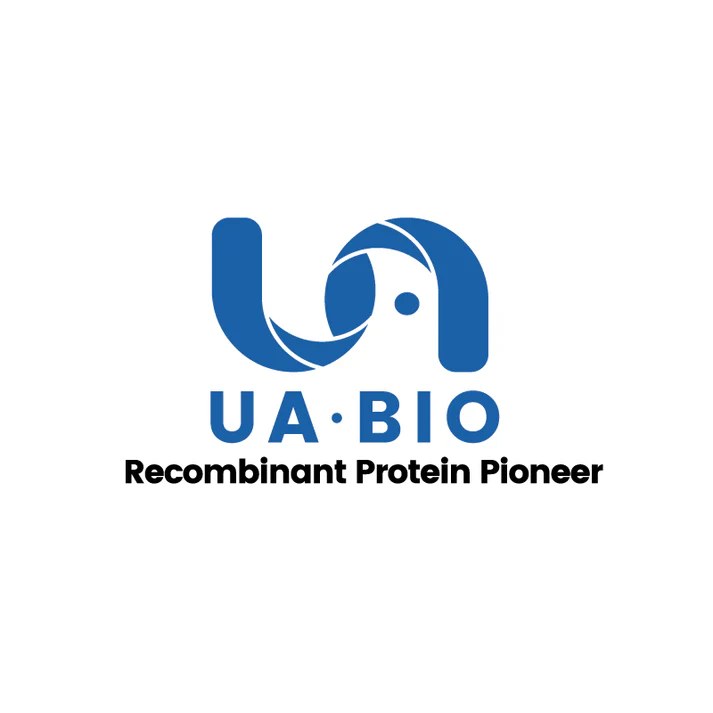P8 D3
Product Details
Product Details
Product Specification
| Species | Mouse |
| Endotoxin | <0.1EU/μg |
| Physical Appearance | Lyophilized powder |
| Reconstitution | Reconstitute at 0.1-1 mg/ml according to the size in ultrapure water after rapid centrifugation. |
| Stability & Storage | ·12 months from date of receipt, lyophilized powder stored at -20 to -80℃. |
Components
Protein |
Reference dosage |
100 ml system |
1000 ml system |
cytokine 1 |
100ng/ml |
10μg |
100μg |
cytokine 2 |
100ng/ml |
10μg |
100μg |
cytokine 3 |
50ng/ml |
5μg |
50μg |
cytokine 4 |
100ng/ml |
10μg |
100μg |
cytokine 5 |
100ng/ml |
10μg |
100μg |
cytokine 6 |
100ng/ml |
10μg |
100μg |
Protocol
Preparation of Complete Culture Medium for Mouse Gastric Organoids: Mix the basal culture medium, cytokines (1-6), and various additives in the predetermined proportions to prepare the complete culture medium.
1. Primary Culture
- (1) In the laminar flow cabinet, quickly open the abdominal cavity of the mouse, remove the stomach tissue, and place it in pre - cooled PBS (with penicillin, streptomycin, and primary antibiotics). Open the stomach, rinse the contents, and remove the outer layer of fat and blood vessels.
- (2) Collect the cleaned tissue blocks into a 1.5ml EP tube. Use a sterile fine - tipped ophthalmic surgical scissors to mince the tissue blocks as finely as possible (into a homogenate). The degree of tissue mincing is related to the digestion time. The finer the mincing, the shorter the digestion time. Transfer the minced tissue to a 15ml sterile centrifuge tube.
- (3) Add 10 times the volume of tissue digestion solution for digestion. Incubate at 37℃ with shaking for 10 - 30min. Observe the situation at any time during the digestion process. When a large number of cells are observed to leak out in the field of view and most of the cells are in the form of cell clusters, the digestion can be terminated (note: do not digest to the single - cell state).
- (4) In the tissue suspension confirmed to be digested, add fetal bovine serum (FBS) to a final concentration of 2 - 5% or bovine serum albumin (BSA) to a final concentration of 0.1%, and mix by pipetting.
- (5) Pass the tissue and cell suspension through a 70µm cell strainer. Centrifuge the filtered cell suspension at 1000rpm for 5min. After centrifugation, discard the supernatant.
- (6) If obvious red precipitate (red blood cells) is observed in the precipitate after centrifugation, add 2ml of red blood cell lysis solution, mix by pipetting, and leave it for 3min. Centrifuge at 1000rpm for 5min, and then discard the supernatant.
- (7) Resuspend the precipitate with an appropriate amount of basic culture medium or PBS.
- (8) Mix the matrix gel and crypts in a suitable proportion. For example, for a 24 - well cell culture plate, spot 25 - 30ul of the matrix gel mixture into each well for coating (operate at 4℃).
- (9) Place the coated culture plate in a 37℃ incubator for 20 - 30min to gel. Add an appropriate amount of mouse stomach organoid complete culture medium (at room temperature) for culture.
2. Organoid Passaging Culture
- (1) Aspirate the culture medium with a pipette, add 1 - 2ml of 4℃ PBS to each well, and leave it for 2min.
- (2) Gently pipette the matrix gel to collect it in a 15ml centrifuge tube. Adjust the volume with PBS to 10 - 14ml, and leave it at 4℃ for 20 - 30min. Centrifuge at 1000rpm for 5min to discard the liquid and retain the precipitate (group every 3 - 5 wells).
- (3) Resuspend the organoids with an appropriate amount of matrix gel, and spot 25 - 30ul of matrix gel into each well of a 24 - well cell culture plate. Place it in the incubator for 20 - 30min to gel, and then add an appropriate amount of mouse stomach organoid complete culture medium.
3. Organoid Cryopreservation
- (1) Aspirate the culture medium with a pipette, add 1 - 2ml of 4℃ PBS to each well, and leave it for 2min.
- (2) Gently pipette the matrix gel to collect it in a 15ml centrifuge tube. Adjust the volume with PBS to 10 - 14ml, and leave it at 4℃ for 20 - 30min. Centrifuge at 1000rpm for 5min to discard the liquid and retain the precipitate (group every 3 - 5 wells).
- (3) Add an appropriate amount of organoid cryopreservation solution, and gently pipette to resuspend. For example, for a 24 - well cell culture plate, cryopreserve 2 - 3 wells in one tube, with a volume of 1ml per tube.
- (4) Label the information properly, and then transfer it to liquid nitrogen for long - term storage after programmed cooling.
4. Organoid Thawing
- (1) Take 10ml of DMEM/F12 basic culture medium in a 15ml centrifuge tube.
- (2) Remove the cryopreserved organoids from the liquid nitrogen tank, and quickly place them in a 37℃ water bath to thaw.
- (3) During the water bath thawing process, gently shake the cryovial to ensure that the cryopreservation solution is completely thawed within 1 - 2min.
- (4) Quickly transfer the thawed organoids to a 15ml centrifuge tube, gently pipette 6 - 8 times with a pipette, centrifuge at 1000rpm for 5min, and then remove the supernatant to collect the organoid precipitate.
- (5) Resuspend with matrix gel, spot 25 - 30ul of matrix gel into each well of a 24 - well cell culture plate, place it in the incubator for 20 - 30min to gel, and then add an appropriate amount of mouse stomach organoid complete culture medium.
Guidelines
Avoid vortex oscillation; Store in aliquots to reduce the number of freeze-thaw cycles
Picture
Picture
Bioactivity


